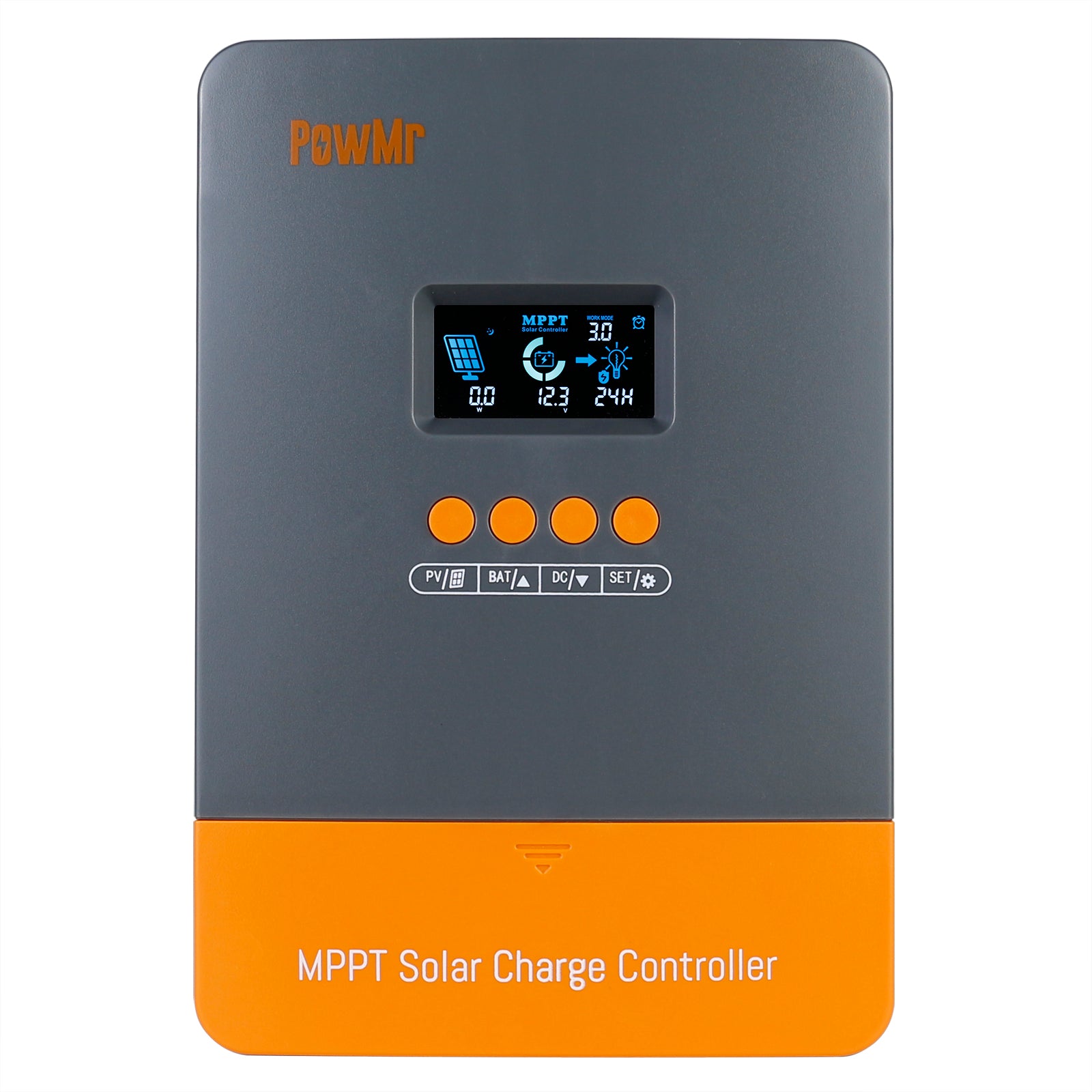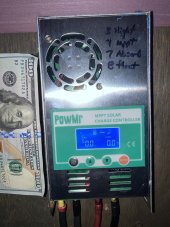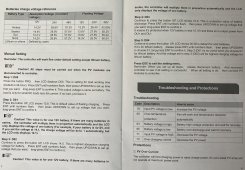My experience with MSB. The first one I bought was version V116* and it damaged a SLA battery by not going into float properly. It took about 2 years to do the damage and before I notice the reduced capacity. The second one is version V118 and seems to work fine. I am presently using it in lithium battery mode.
The first one I tossed. If you buy a MSB check the version number.
*MSB in some advertisements stated that V116 units were rip offs of them and that they did not sell this model. Considering I bought it direct from their distributor it was unlikely they would sell me a fake.
The first one I tossed. If you buy a MSB check the version number.
*MSB in some advertisements stated that V116 units were rip offs of them and that they did not sell this model. Considering I bought it direct from their distributor it was unlikely they would sell me a fake.






